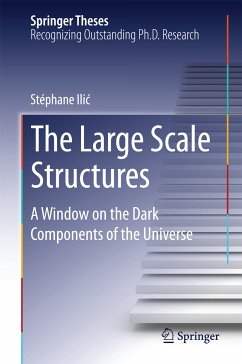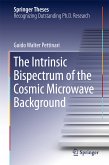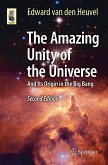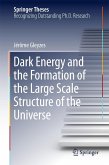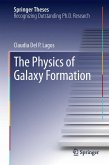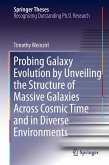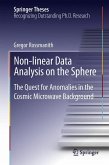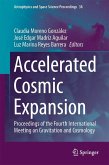Dark Energy and Dark Matter are among the greatest mysteries in modern cosmology. The present work explores in depth how large cosmic structures can help us unveil the nature of these components of the Universe. One the one hand, it focuses on a signature that Dark Energy imprints on the Cosmic Microwave Background through its impact on the time-evolution of gravitational potentials: the integrated Sachs-Wolfe (iSW) effect. Another cosmological background, the Cosmic Infrared Background, is considered for the first time in the study of the iSW effect and demonstrated to be a highly efficient and promising tracer. Changing the perspective on the problem, the use of superstructures for iSW detection is then extensively reviewed: using precise solutions to Einstein's general relativity equations, the full iSW effect is computed, especially due to the cosmic voids predicted by the theory. Using measurements from the most recent data, it is subsequently shown how the iSW probes the solidity of the cosmological standard model. On the topic of Dark Matter, an original study is presented, showing that temperature measurements of the intergalactic medium shed light on the nature of Dark Matter particles, providing the tightest constraints on their decay properties.
Dieser Download kann aus rechtlichen Gründen nur mit Rechnungsadresse in A, B, BG, CY, CZ, D, DK, EW, E, FIN, F, GR, HR, H, IRL, I, LT, L, LR, M, NL, PL, P, R, S, SLO, SK ausgeliefert werden.

